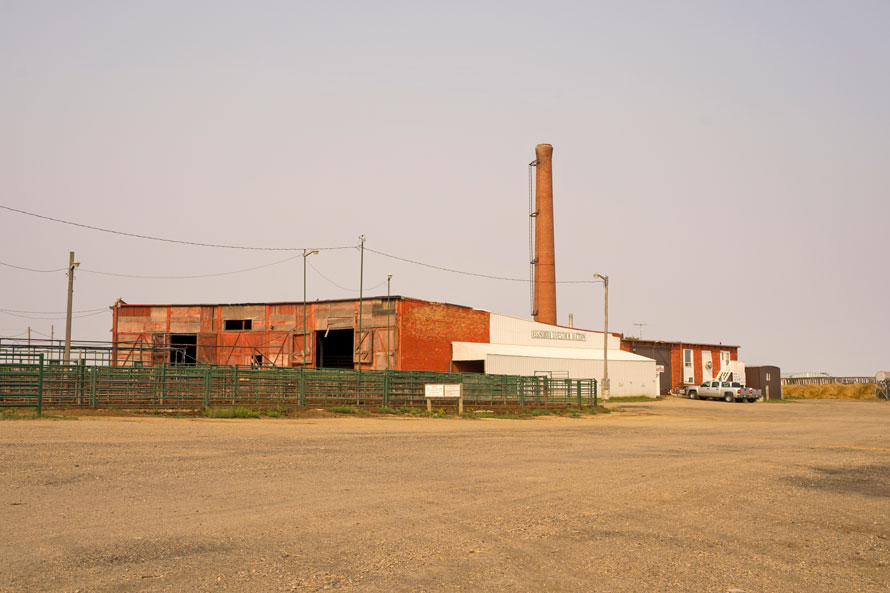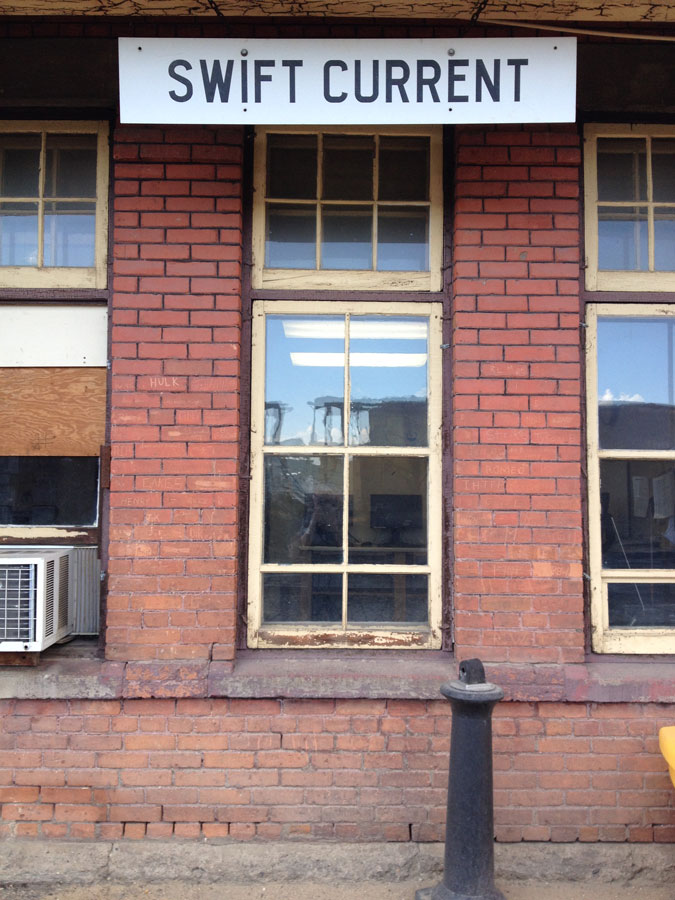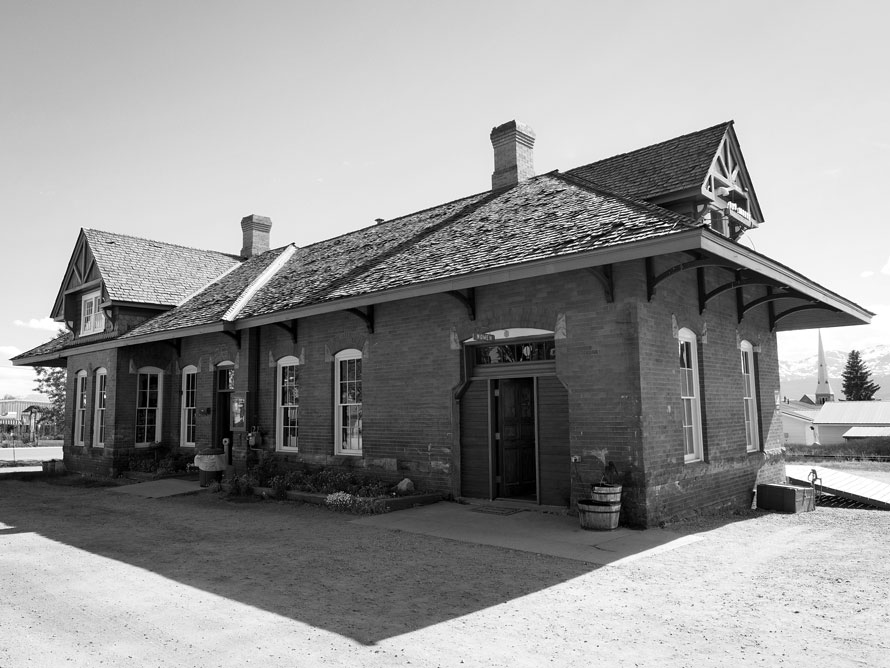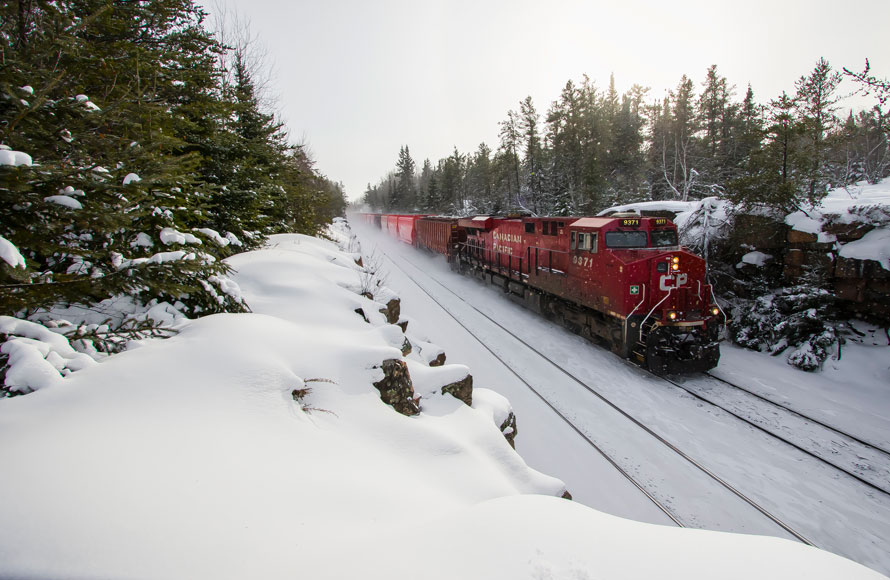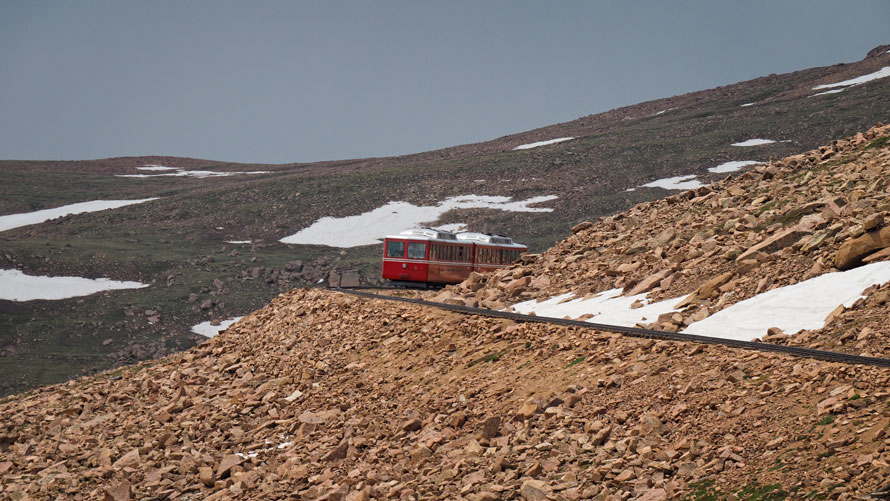
Last summer, during our Colorado summer vacation, we made a stop in Manitou Springs to ride the Pikes Peak Cog Railroad. This is an amazing trip to the top of Pikes Peak, at an elevation of 14,110 ft.
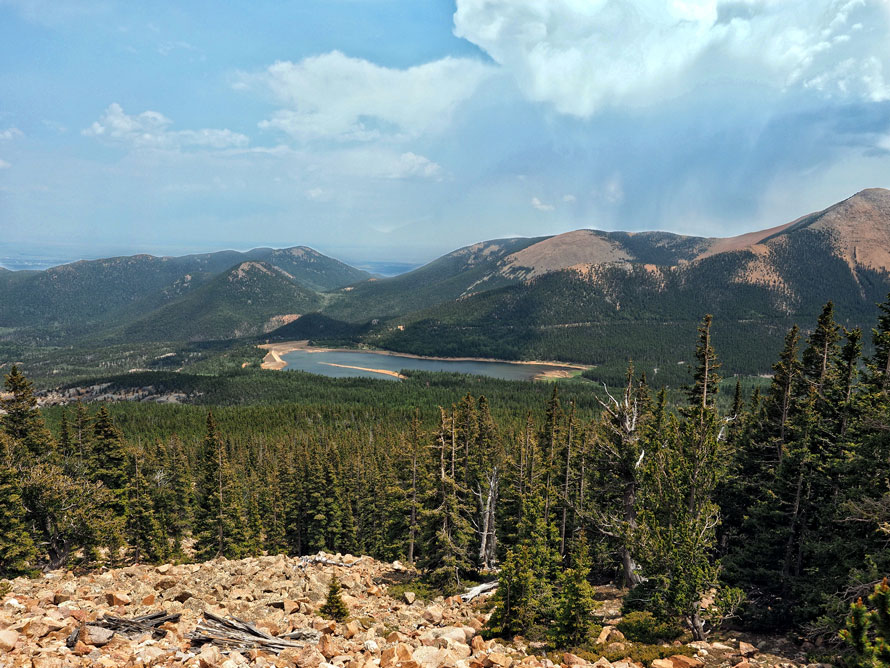
Along the way, the train passes through four different terrains ranging from high plains to alpine tundra. The route is 8.9 miles long, with very steep grades, and takes a little over three hours to reach the top. In addition to the usual two rails, the cog railroad has a rack mounted in the center of the rails. The locomotives use a cog, or gear to power the train along the track. This allows the cog train to traverse grades far steeper than traditional railroads. Read more
